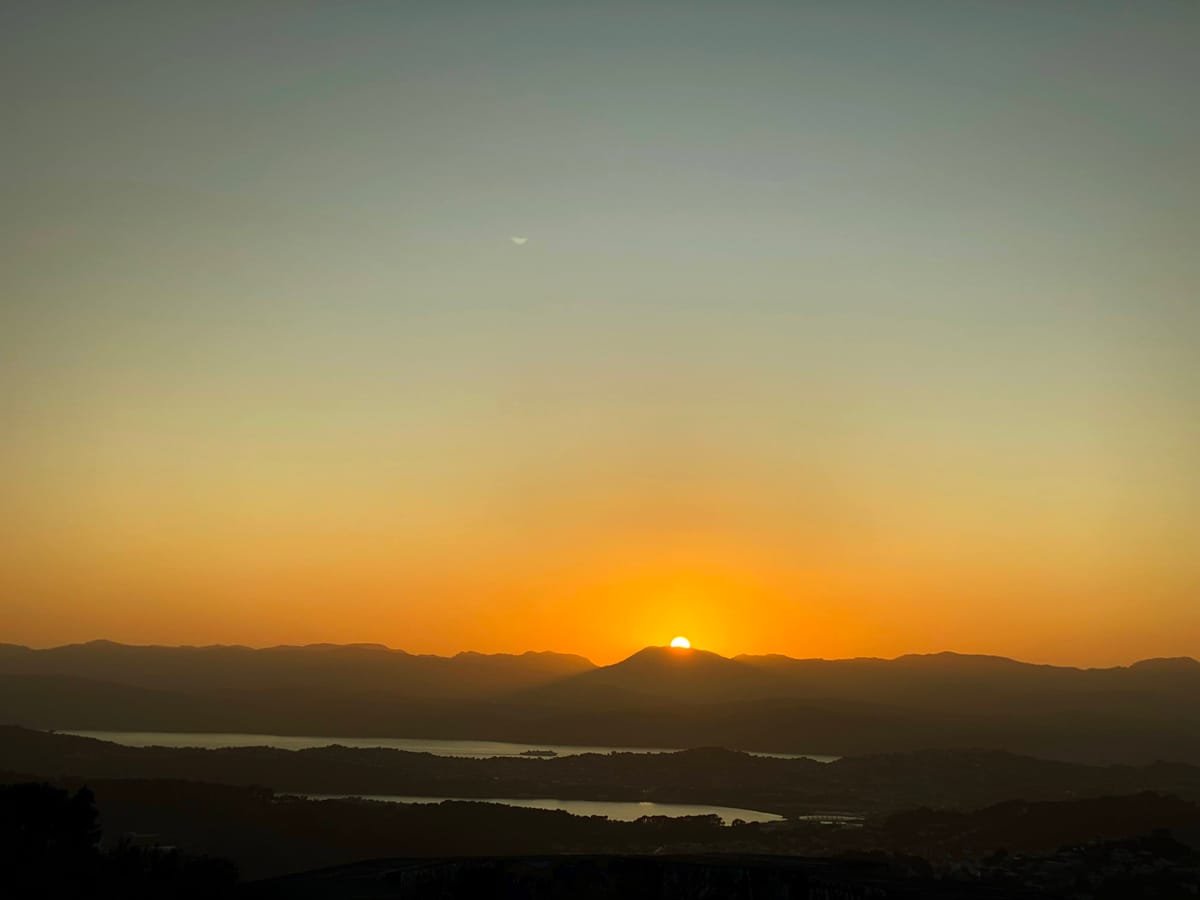The climb-to-see model

The climb-to-see model comes from a series of risk presentations I gave to Alpine New Zealand as well as a risk management piece of work with New Zealand Search and Rescue. Both happened to land at the same time and the twin activities of understanding the psychology of the climber and directing scarce search resources combined to have a lasting effect on how I approached my work. Before I show how I built my risk model, I need to show the underlying one.

This schema is designed to knit management activities with governance or maturity states, enabling practices to point directly to changes in state. Consider any unknown state has a large unknowable element and another large information area is unattainable because of investigative constraints. Our understanding of the problem is always deficient, but our understanding can also be built up over time.
A new view can logically lead to deciding to close a project, cease an activity, change direction or other decisions to bring things to an end. This is to say the end is often not reached as mastery is an asymptote. Making change of direction decisions in the mountains has many elements, making it a useful mental model to test risk scenarios and decision making.
This model is needed to explain the next one, which is the main one where I develop the notion of how to break decisions down into ethics, uncertainty, empirics and analytics. That model is called the Four Mountains model, so looking above tells us there will just be three maturity states associated to being able to work successfully with these four concepts.
